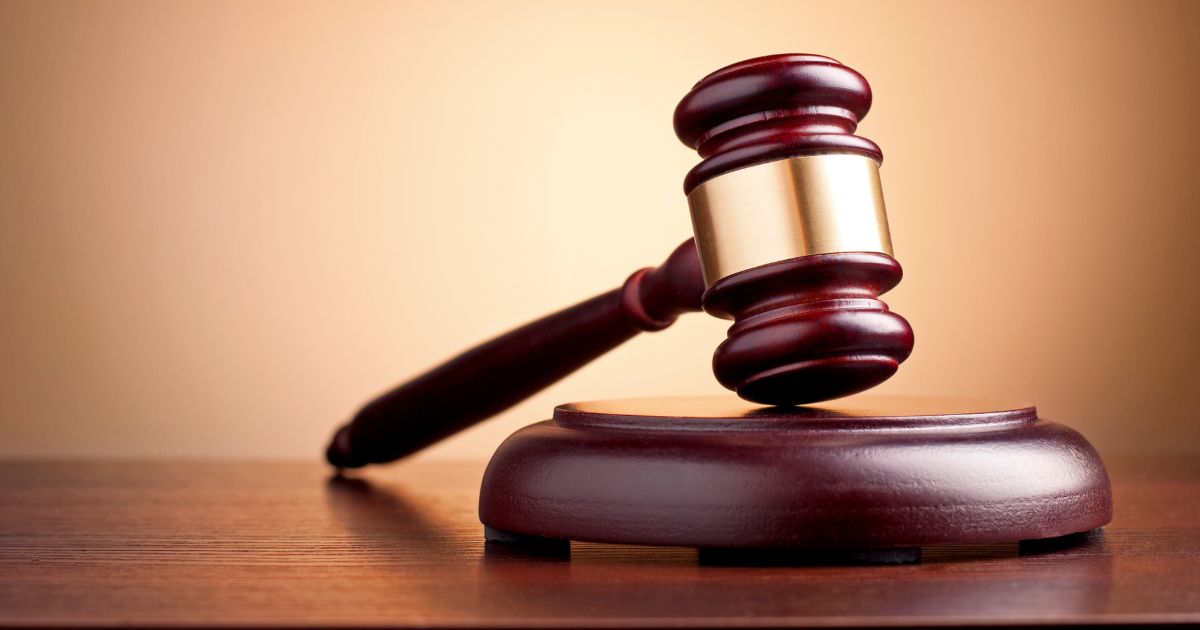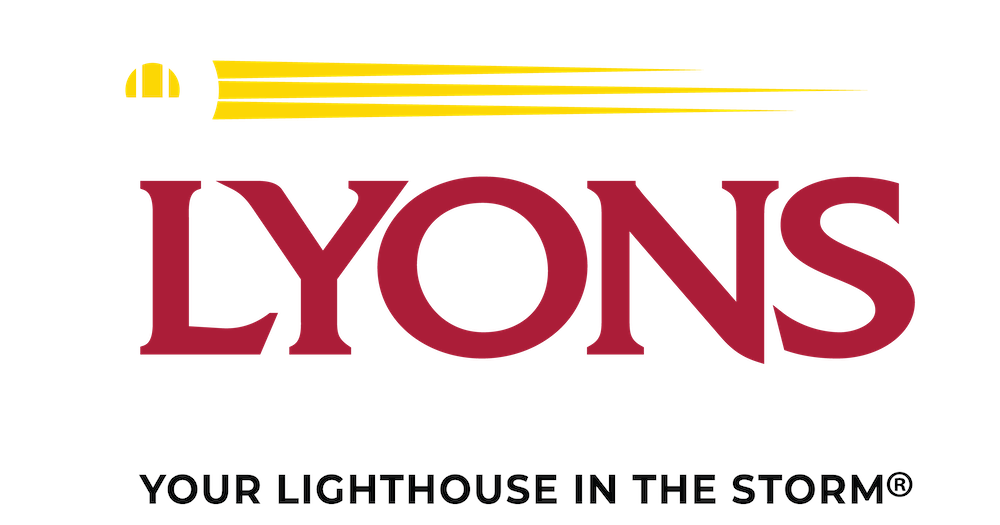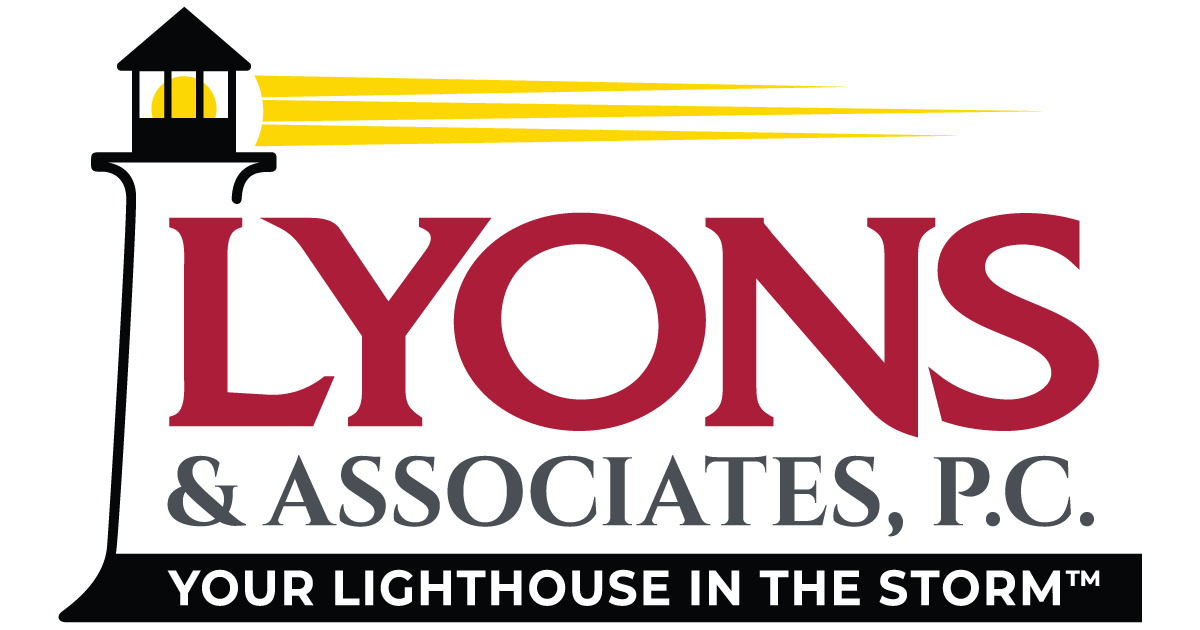What is a Litigation Control Group? Who are Eligible to be Members? How Does One Confirm the Participants?

A. Assessing the Structure of the Entity and Who the Attorney Represents
When an attorney is brought into a potential investigation, regulatory, employment or litigation, or other legal advice matter that will involve issues subject to the Attorney Client and Work Product Privileges counsel should first identify and confirm the nature of the entity, the principals, and specifically identify of the client. Who is and who is not being represented should be clearly set forth in the retainer agreement for the specific matter in question. Counsel should also carefully evaluate whether representing the entity and any individual presents a conflict. New Jersey Rules of Professional Conduct, [“RPC”] 1.2, 1.7, 1.13.
B. Defining Who Belongs in the Litigation Control Group
If counsel determines that he/she represents the entity and cannot jointly represent any principals or employees the attorney needs to identify who will serve the executive function of directing counsel and making legal decisions, litigation or otherwise, on behalf of the entity. Frequently there are situations where it is necessary for counsel to be able to communicate with more than one member of the entity under the protection of the Attorney Client and Work Product Privileges. N.J.S.A. 2A:84A-20, New Jersey Rule of Evidence 504.
C. Confirming the Members of the Litigation Control Group
After counsel determines that more than one person related to the entity is required to provide information or make executive decisions in order to facilitate legal advice the individual needs to be advised as to counsel’s role, the meaning of privilege, and their role in participating in the litigation control group. Such individuals will typically involve, “a director, officer, employee, member, shareholder or other constituent of an organization concerned with the subject of the lawyer’s representation.” RPC 4.2. The potential staff within an organization for involvement in the litigation control group may be diverse depending on the nature of legal advice that needs to be provided and individuals who are necessary for counsel to provide advice/representation.
Understand that normal people do not have an understanding of the role of a litigation group and what should or should not be done in the face of outside inquiries or how to conduct themselves. To a regular person, being a member of a “litigation control group” may seem foreign, strange, and possibly intimidating. While explaining their role in the group verbally is necessary, after that discussion, it is advisable to provide members with guidance in writing by email or letter.
The following is a suggested confirmation email/letter which is provided as a general template as a starting point to be sent to all potential members of the litigation control group:
TO: [IDENTIFY EACH MEMBER OF THE LITIGATION CONTROL GROUP],
This will confirm that the [Law Firm] represents [ENTITY NAME] and does not represent any individual or employee. I thought we need to clarify the issue of Attorney Client and Work Product Privileges.
As we discussed, since there is an active Investigation by ____________, [OR, IN THE ALTERNATIVE, “there is anticipated litigation involving _______ OR “there is pending litigation” OR “the entity is in need of legal advice as to”], all communications between individuals in the litigation control group with counsel are considered as necessary for counsel to provide [Choose one: legal advice and/or in anticipation of litigation and/or as part of litigation].
Discussions with members of the designated group and counsel are privileged communications, provided no third parties, outside the litigation control group are involved. Be aware that communications between individuals in the litigation control group without counsel participating, may or may not be privileged.
So you have a basic understanding of who should qualify as being in the litigation control group consider the following simple definition:
Members of the litigation control group shall be deemed to include current agents and employees responsible for, or significantly involved in, the determination of the organization’s legal position in the matter whether or not in litigation, provided, however, that “significant involvement” requires involvement greater, and other than, the supplying of factual information or data respecting the matter.
RPC 1.13 Organization as the Client
As you might imagine, there is a lot of law about litigation control groups, privilege, and whether members of the group may be contacted or interviewed – all of which is all fact driven.
In our context, being in the litigation control group simply means that those identified in the group, when they communicate with our office, share the attorney client and work product privileges for their communications.
If you are contacted by any attorneys and/or investigators seeking to question you on the subject of the control group’s issues, and/or requesting records, do not discuss the matter, do not provide any documents, obtain the name and telephone number of the individual requesting information and immediately provide that information to this Firm. The Firm will contact the individual regarding any requests for disclosure of information or production of documents.
Communications between members of the litigation control group, without counsel involved, may or may not enjoy privilege depending on the context of the communications, so members should still be very circumspect in exchanging emails or other written communications regarding the pending investigation. Communication by emails is always risky due to the lack of security, access by third parties, and the ease of emails being forwarded to individuals outside of privilege.
Never forward an email involving counsel to any third party who is not in the litigation control group as it will likely waive the privilege.
This will confirm that, at this juncture, the following individuals are designated as in the litigation control group and communications between them and counsel will be privileged:
- ___________,
- ___________,
- ___________,
[Note: Three is not a magic number – the number of members will vary depending on the people necessary to provide input and provide direction on legal matters on behalf of the entity]
As to who has the authority to direct the actions of the [Law Firm] in regard to this issue/investigation/anticipated litigation/litigation, that individual is currently designated to be __________________, on behalf of the [ENTITY] .
All communications between counsel and those in the litigation control group should have “Attorney Client Communication” in the subject. Remember that this firm represents the [ENTITY] and not any individual.
I would also note it is preferable to speak by telephone rather than to use emails and/or text messages for all communications.
Communications pursuant to your participation in the litigation control group should NOT be shared on any social media platform, under any circumstance, without first consulting counsel.
Please reply to confirm that you have Received, Understand, and Agree to be part of the Litigation Control Group as stated.
If you have any questions, regarding this or any other issue please call me.
Regards,
[ATTORNEY]
D. Conclusion
Every legal matter involving a corporate entity is different. Corporate entities are structured differently. Ownership will vary greatly. Responsibilities delegated within entity will vary greatly. This blog article is a rough introduction to provide basic guidance for counsel for proceeding with an evaluation of the legal matter at issue, a determination of the structure of the entity, for identifying the individuals, the principal(s), director(s), officer(s), employee(s), member(s), shareholder(s) or other constituent of an organization concerned with the subject of the lawyer’s representation that may be necessary to properly communicate with counsel under the attorney client and work product privileges.
This blog/article seeks to help counsel focus on and assess the need for and how to confirm participants in a litigation control group. There is no cookie cutter template that applies to all entities or litigation groups. It is hoped that this provides a starting point for counsel to address the factual and legal issues that will need to be considered so as to best protect the attorney client and work product privileges in a representing a corporate entity.
References:
New Jersey Rules of Professional Conduct, 1.2, 1.7, 1.13, 4.2, 4.3
Andrews v. Goodyear Tire & Rubber Co., 191 F.R.D. 59, 69–80 (D.N.J. 2000), a good review of State and Federal Litigation Control Group law and when opposing counsel contacts a member of a litigation control group. Good reason to educate all members of the litigation control group as to privilege and their role as a member.
Michaels v. Woodland, 988 F. Supp. 468, 470–74 (D.N.J. 1997), a good discussion of who is and is not entitled to be within the litigation control group in the context of ex parte communications from opposing counsel.
Eric Marcy, Esq., is Of Counsel at Lyons & Associates, P.C., with Offices in Somerville, Morristown, and Freehold. His practice areas include criminal, civil rights, professional licensing, health care, and administrative law
Inquiries may be directed to him by telephone at 908-575-9777 or by email.
Mr. Marcy has been a member of the New Jersey Association of Criminal Defense Lawyers since 1987. He served as a Trustee of the NJ-ACDL from 2001 to 2010.
Mr. Marcy served as an instructor for the Institute of Continuing Legal Education Criminal Practice “Skills and Methods” program for newly admitted attorneys from 2000 to 2009.
Mr. Marcy has been selected for inclusion in New Jersey Super Lawyers® lists 2006-2009, 2017 to the present.
He is also an authorized attorney under the New Jersey State PBA Legal Protection Plan, representing law enforcement officers in administrative, civil and criminal matters.


